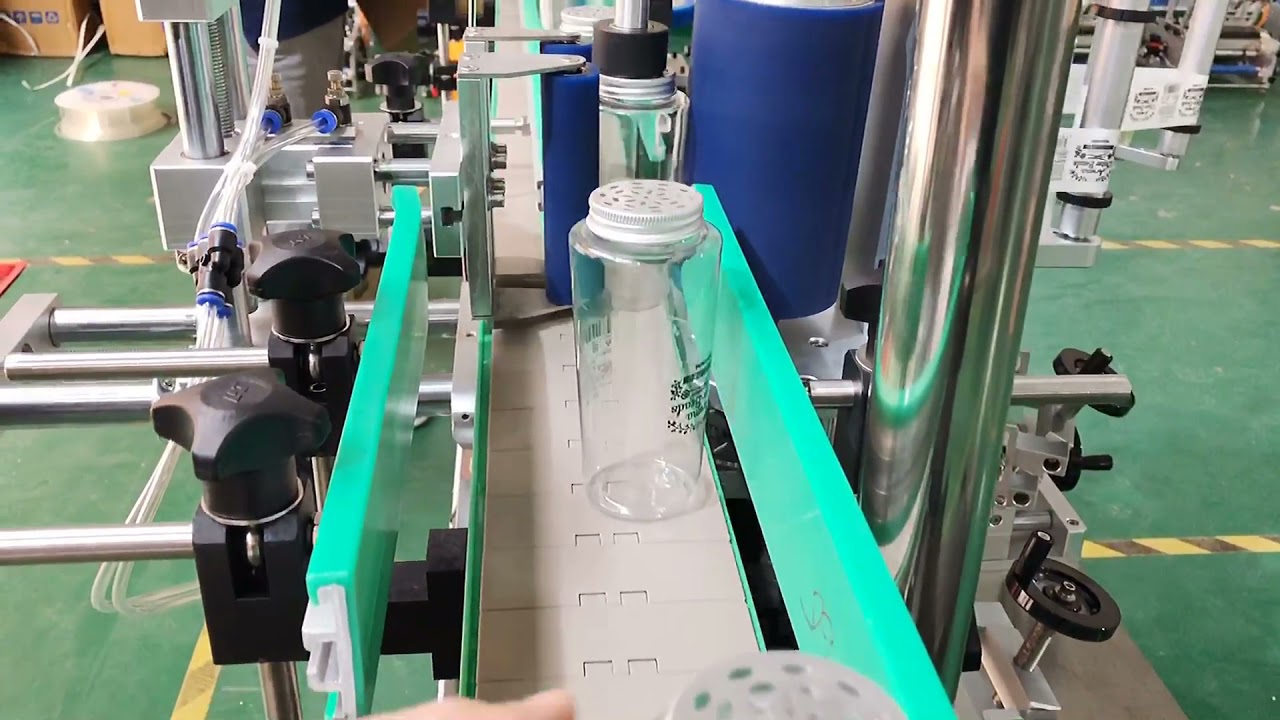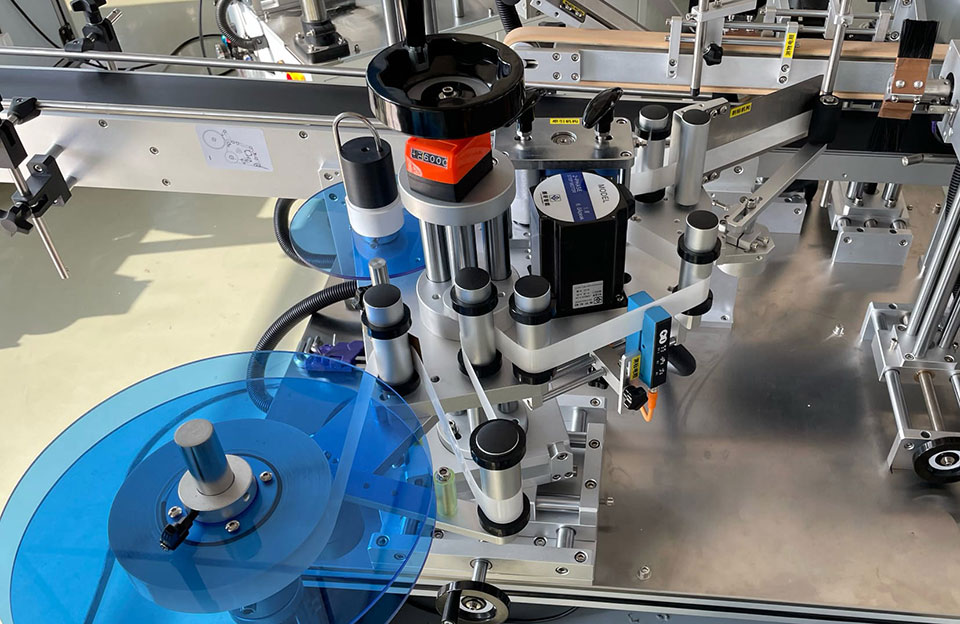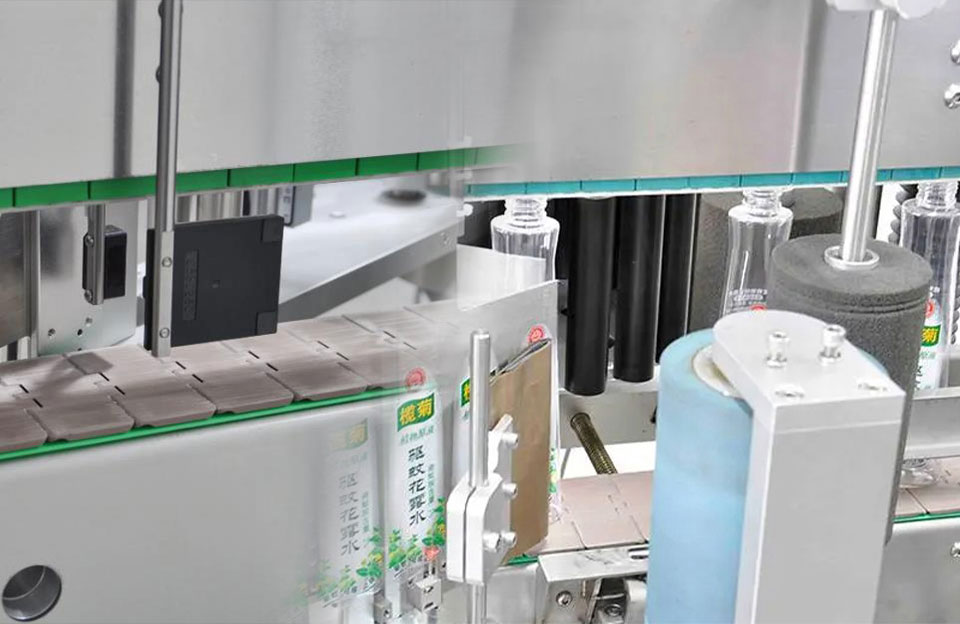The labeling machine is a professional equipment involved in product packaging process. During machine use, failures may occur due to improper maintenance, poor operating environment, and other reasons. This article mainly introduces common faults and troubleshooting methods for labeling machines.
Common Faults of Labeling Machine
Labeling machines are used in various industries to apply labels to products, packages, or containers. Labeling machines can experience faults and issues during operation like other mechanical or automated systems. Some common faults of labeling machines include the following:
- Misalignment: Labels may be applied off-center or misaligned on the product or container, leading to an unprofessional appearance or rendering the label ineffective.
- Wrinkling or Bubbling: Labels may wrinkle or bubble during the application, resulting in a distorted and unattractive label presentation.
- Label Jams: Labels can get stuck or jammed in the machine’s feeding or application mechanism, causing downtime and disruptions to the production line.
- Label Skewing: Labels may be applied at an angle or skewed, affecting barcode scanning or readability.
- Double-labeling or Missing Labels: The machine may apply multiple labels to the same product or skip applying a label altogether, causing waste or product identification issues.
- Label Sensor Issues: Malfunctioning label sensors can fail to detect gaps between labels or the end of a roll, leading to improper labeling or the machine stopping unexpectedly.
- Tension Problems: Incorrect label tension can cause labels to be applied too tightly or loosely, affecting adhesion and presentation.
- Worn or Damaged Parts: Over time, components such as belts, rollers, or applicator pads may wear out or become damaged, affecting the machine’s performance.
- Control System Errors: Issues with the control system, software, or settings can lead to incorrect label placement or inconsistent labeling.
- Material-related Issues: The quality of the label material, such as adhesive quality or paper thickness, can impact the labeling process.
- Environmental Factors: External factors like temperature, humidity, or dust can influence the labeling machine’s performance and cause faults.
- Operator Error: Improper setup, adjustments, or maintenance by operators can lead to labeling problems.

Labeling Machine
Troubleshooting Methods of Labeling Machine
When troubleshooting a labeling machine, following a systematic approach to identify and resolve issues effectively is essential. Here are some troubleshooting methods of labeling machine:
- Refer to the Manual: Always consult the machine’s user manual or documentation. It provides valuable information about the machine’s operation, maintenance, and troubleshooting procedures specific to that model.
- Visual Inspection: Perform a thorough visual inspection of the machine. Look for any obvious signs of damage, loose parts, or misalignment. Check the label path, sensors, rollers, and other critical components for any issues.
- Check Power and Connections: Ensure the machine receives power and all electrical connections are secure. Loose or damaged connections can cause various problems.
- Test Label Material: Verify that the label material used suits the machine and application. Poor-quality labels or incorrect specifications can lead to feeding and application issues.
- Check Label Alignment: Verify that the label roll is aligned correctly and feeding smoothly. Misaligned labels can result in skewed or off-center applications.
- Sensor Calibration: Verify the calibration of the label sensors. If the sensors do not accurately detect gaps or the label edge, it can cause label jams or incorrect placement.
- Adjust Tension: Ensure that the label material’s tension is appropriately set to avoid wrinkling or bubbling during application.
- Inspect Applicator and Rollers: Check the labeling applicator and rollers for any signs of wear, debris, or damage. Clean or replace them as necessary.
- Verify Settings and Parameters: Review the machine’s control settings and parameters to ensure they are correctly configured for the label size, speed, and product specifications.
- Test in Manual Mode: Run the machine in manual mode (if available) to check the labeling process step by step, allowing to identify the specific stage where the fault occurs.
- Clear Jams Carefully: If a label jam occurs, power off the machine before attempting to clear it. Follow the manufacturer’s instructions to clear the jam safely.
- Upgrade Software/Firmware: If the machine is computer-controlled, check for available software or updates that may address known issues.
- Environmental Factors: Consider any external factors such as temperature, humidity, or dust affecting the machine’s performance.
- Consult Manufacturer Support: If the troubleshooting steps do not resolve the issue, contact the manufacturer’s technical support or service team for further assistance.
- Preventive Maintenance: Implement a regular maintenance schedule to prevent faults and ensure the machine operates at its best.
Conclusion
Regular maintenance, proper training, monitoring, and adherence to operating guidelines are crucial to prevent machine failure. It’s also essential to identify potential issues early through monitoring and diagnostics.
Safety is paramount during troubleshooting. Always power off the machine before attempting any physical inspection or adjustments, and follow all safety guidelines provided by the manufacturer.


